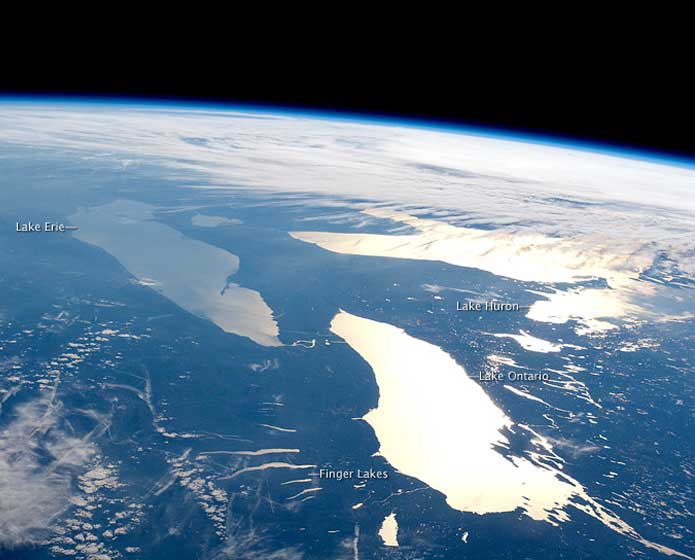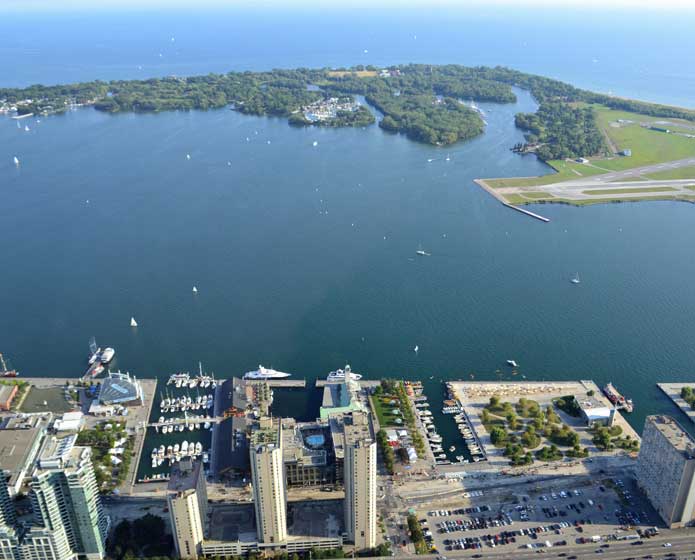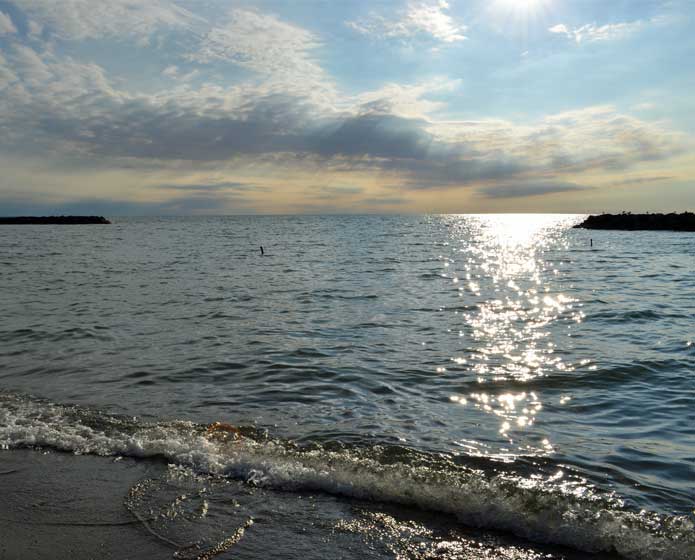Great Lakes Map and Photo of the Great Lakes from space images from nasa.gov
Facts about the Great Lakes
Posted by Admin / in Science Facts
The Great Lakes are one of the Earth's best natural resources. The five Great Lakes including Lake Erie, Michigan, Huron, Ontario and Lake Superior were carved out thousands of years ago by glaciers during the ice age. Now stands 5 huge freshwater lakes that provide many resources including water to the people living around the lakes. Find out interesting facts for kids to learn about the Great Lakes.

The water pouring over Niagara Falls is water from 4 of the Great Lakes (Erie, Michigan, Huron and Superior).
Great Lakes Facts
-
The Great Lakes contain 20 percent of the world's surface fresh water.
- The 5 Great Lakes include Lake Erie, Michigan, Superior, Huron and Ontario.
- The Great Lakes are part of the St. Lawrence Seaway shipping route, allowing boats to travel from the Great lakes to the Atlantic Ocean. This is an important shipping route for Great Lakes cities like Chicago, Buffalo, Toronto, Green Bay, Toledo, Cleveland and Detroit.
- The Great Lakes border 7 U.S. states and the Canadian province of Ontario. The U.S. states bordering the Great Lakes are Ohio, Michigan, New York, Pennsylvania, Illinois, Indiana and Wisconsin.
- The total water surface area of the Great Lakes is over 95,000 square miles (246,000 square kilometers).
- The state of Michigan borders 4 of the 5 Great Lakes (does not border Lake Ontario).
- The Great Lakes water system is the largest inland shipping system in the world.
- From the furthest point west on the Great Lakes to where the Saint Lawrence River empties into the Gulf of Saint Lawrence, covers a distance of over 1900 miles (3058 kilometers).
- Lake Erie is the shallowest and warmest of the Great Lakes with an average depth of only 62 feet (19 meters). Lake Erie is the only Great Lake sitting entirely above sea level.
- With its warmer temperatures, Lake Erie also has the most fish species of any of the Great Lakes.
- Lake Superior is the deepest Great Lake, with an average depth of 483 feet (147 meters0.
- Lake Superior is the largest freshwater lake in the world. Lake Superior has an area of 32,000 square miles (83,000 sq. km). In terms of depth and volume of water, Lake Superior is not the largest lake in the world. Lake Baikal in Siberia has a maximum depth of 5577 feet (1700 meters), which is greater than Lake Superior's maximum depth of 1332 feet (406 meters).
- Salt and gypsum were or are currently being mined from under Lake Erie, indicating that this lake may have contained salt water at one time. Salt mines currently extend thousands of feet under the lake, near Cleveland, Ohio.
- Water from Lake Superior, Michigan, Huron and Erie flows over Niagara Falls to the Niagara River into Lake Ontario.
- Michigan's coastlines with Lake Erie, Michigan, Huron and Superior includes 3288 miles (5294 kilometers) of coastline. This is more coastline than California and Florida. Only Alaska has more coastline than Michigan.
- Lake St. Clair, which is located near Detroit, is a large lake helping to connect Lake Huron to Lake Erie and is part of the Saint Lawrence Seaway shipping route. It is not considered a "great lake", but many consider it the sixth Great Lake. It is the 15th largest lake in the United States (430 square miles).
- The war of 1812 was fought between the English and America on the Altantic Coast, Gulf of Mexico and the Great Lakes. The first victory by the United States was won at the Great Lakes.




